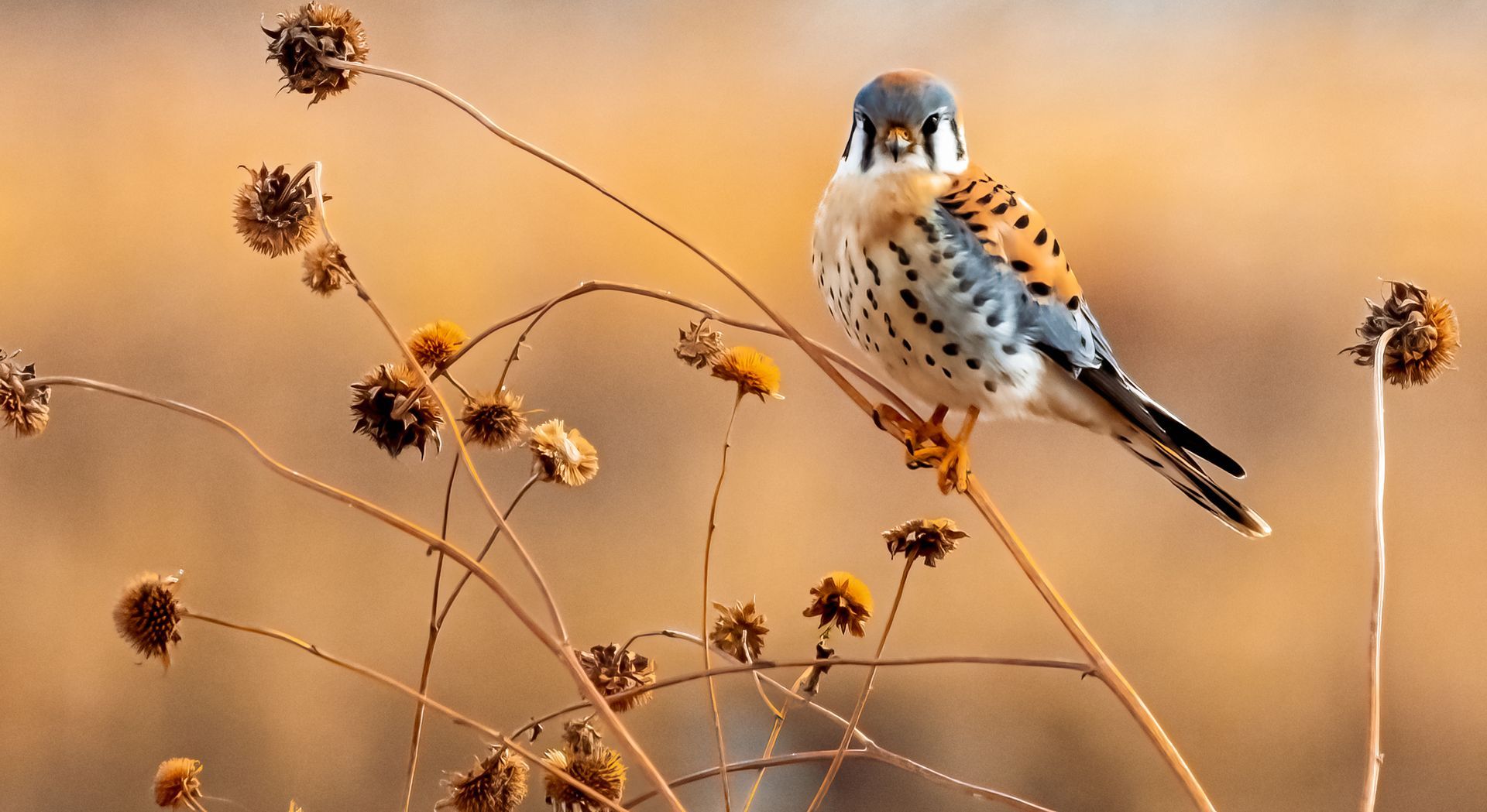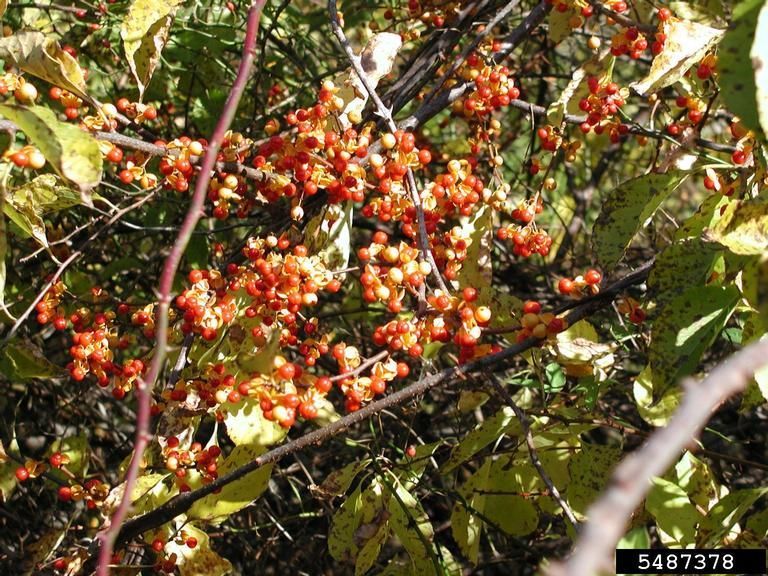Creature Feature: Bats
Being Halloween today as well as the final day of Bat Appreciation Month, there is no better creature to feature than bats. Bat Conservation International recognizes bats as the second largest order of mammals containing one-fourth of all mammal species. The diversity among the bat species result in the ability to fill ecologically important roles making conservation efforts critical. While bats are unique, there are many misconceptions about the species likely stemming from misinformation and science fiction “vampires”.
Misconceptions
Many people who think of bats automatically associate them with blood-sucking vampires as seen in many movies. However, only 3 species are sanguivorous which primarily feed on blood. The Michigan DNR states these species can be found in Central and South America, not Michigan. Moreover, these species tend to prey on livestock rather than humans due to their non-aggressive nature.
Additionally, some of the public generalizes all bats having rabies, however, the US National Park Service reports less than 1% of bats in nature have rabies. Overall, the best practice is to avoid handling wildlife as rabies is contracted from bites or droplets of saliva of infected animals.
A bat found at the Tippy Dam Hibernaculum Survey. Courtesy of the Michigan Department of Natural Resources.
Characteristics
The body of a bat is covered in fur indicating their mammalian classification; however, they do not have fur on their extremities. For pollinator bat species, dense fur can be used to transport larger amounts of pollen for cross pollination. Bats are unique as they are the only mammals that have the true ability to fly. In contrast, flying squirrels are not considered to have the ability of true flight as they glide through the air. Unlike other flying species, bats have a thin membrane connecting their finger bones down to their legs and tail allowing them to take flight. In contrast, birds have feathers and insect wings are made of chitin, all converging on separate modes of flight. Michigan bat wingspans typically range from 8 to 15 inches depending on the species.
Habitat
Many bats prefer hibernation in caves, forests near rivers, and wetlands over the winter when there is minimal or no prey. In contrast, other bat species migrate in the winter to warmer areas rather than go into hibernation. The insects that bats of Michigan eat are dependent on species’ preference but are commonly moths, flies, beetles and other insects. Furthermore, the Michigan DNR reports bats having the ability to capture almost 1,000 insects in an hour. Many of the insects bats prey on can be found near water sources indicating the preference for habitat with nearby water.
Human Impacts
Bats have a global impact by contributing ecologically to pest control, pollination, and seed dispersal. There are several plants that primarily rely on bat pollination such as agave which is used to produce tequila. Along the same line, the anticoagulant properties used by vampire bats have been used in medication for stroke prevention. Overall, these fascinating creatures contribute greatly to new scientific advancements. The bats of Michigan are all primarily insectivorous meaning they rely on eating insects for food. For example, the threatened Evening bat eats the beetle form of corn rootworm positively impacting agricultural yield per the Animal Diversity Web.
Although bats are not commonly recognized for their work due to their nocturnal emergence contrasting with humans, they are ecologically important. However, some bat species may find their way into houses or attics in search of safety evidently disturbing the residents. The best way to approach this situation is to allow the bat to leave and seal the hole. In this way, we can recognize the ecological importance while also removing them from inside the home.
Threats to the Species
A dead little brown bat from a mine shaft with characteristic white-nose syndrome. Courtesy of the Michigan Department of Natural Resources.
White-nose syndrome is a fungal infection impacting the nose and connective tissue of bats causing them to awaken from hibernation. When awake, bat bodies are fully functioning and require food to maintain health when it is still unavailable during winter. Eventually, this disturbance depletes the reserves early leading to the death of an individual. This fungus typically is most detrimental to social bats as it can spread easier with close contact.
While disease is often detrimental to many species, Bat Conservation International also understands threats from habitat destruction, climate change, and invasive species as contributing factors. Additionally, insecticides can be biomagnified in predators allowing potential for negative impact on insectivorous species from bats to bald eagles. Biomagnification occurs when a toxin increases in concentration moving up the food chain through prey consumption. For example, when a predator species accumulates greater concentrations of chemicals following the consumption of animals lower in the food chain. Furthermore, the recreational activity of spelunking (cave exploration) also has the potential to spread diseases to other areas without proper disinfection of boots and equipment. Overall, it remains important to consider the impacts recreational activities may have on local wildlife.
A bat gate installation at a cave entrance to help protect the Indiana bat. Courtesy of the U.S. Fish and Wildlife Service.
Get Involved
While we are already in the midst of the holidays, consider how decorations may interfere with common corridors used by flying animals and become deadly. Cobweb decorations can catch animals when placed in areas frequented by wildlife so keep these indoors whenever possible. Other ways to get involved may be through volunteer work installing bat houses or gates at cave entrances.
To learn more about bats, their impacts, and threats, visit the Bat Conservation International Bats 101 article. If you are interested in helping bats, installing a bat house or planting native plants and trees are just a few strategies listed in the Bat Conservation International Bat Gardens and Houses article. The Michigan DNR also has the Landowners Guide including habitat management. To learn more about white-nose syndrome and how you can help, visit the white-nose syndrome response team site.



